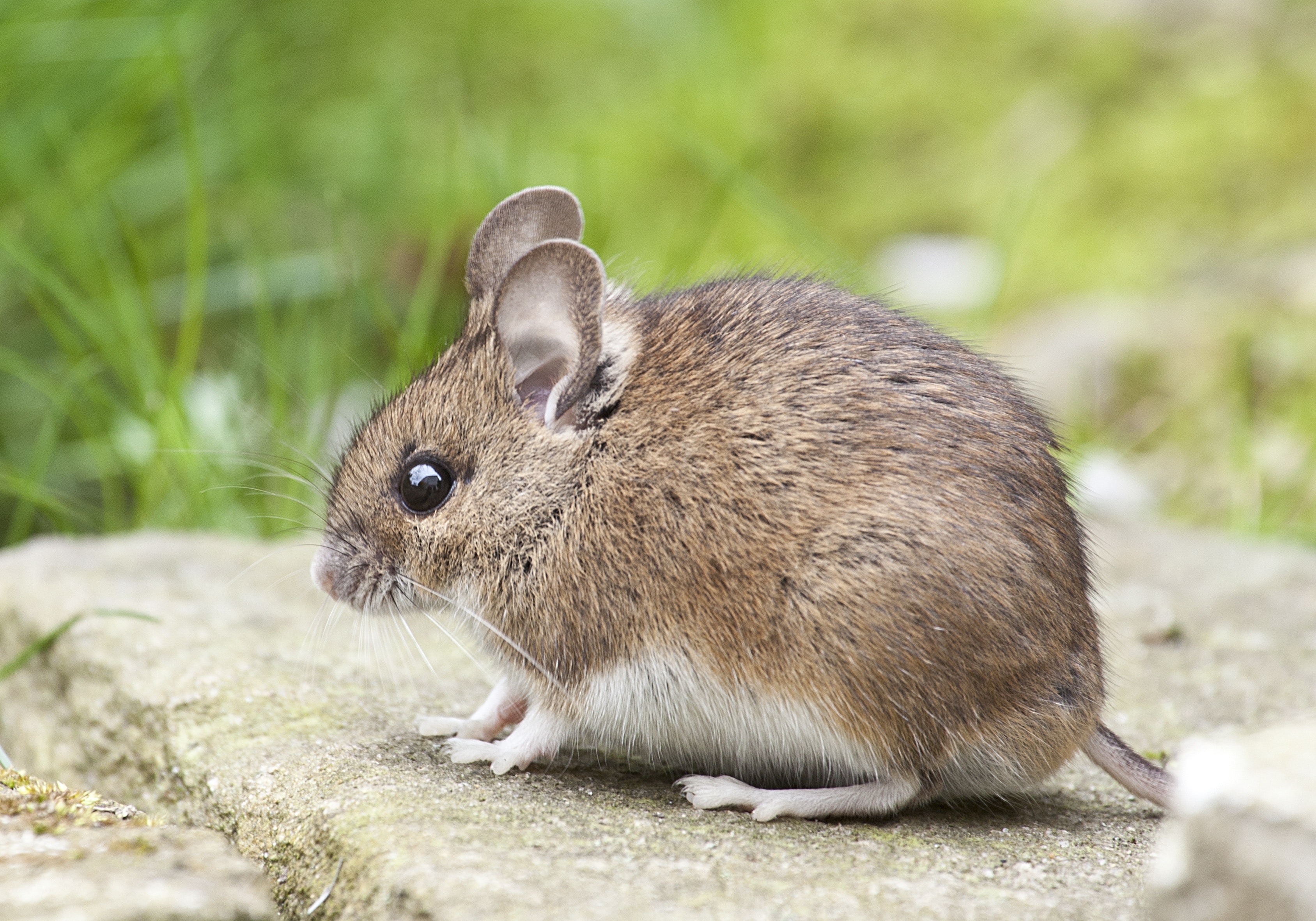Investigating how Native and Invasive Rodent Species affect Seasonal Food-Production Outbreaks in the US
February 15, 2021

Nusrat (Annie) Jahan, CMB Graduate Student and Researcher in the laboratory of VBS Assistant Professor Peter Larsen was first author to the paper, "The Role of Periodomestic Rodents as Reservoirs for Zoonotic Foodborne Pathogens," in Vector-Borne and Zoonotic Diseases. This paper addresses how both native and invasive species of rodents associated with food-production pipelines are likely sources of seasonal outbreaks of foodborne pathogens throughout the United States. Jahan answers a few questions about her current research and research goals for 2021.
How do both native and invasive rodent species affect seasonal food-production outbreaks in the United States?
Commensal rodents are known to transmit foodborne pathogens to livestock, poultry, and raw produce by contaminating the overall farm or food-processing environment. There are numerous examples globally and this is the subject of our literature review. However, research is lacking in the United States and we are working to change that. A single rodent within a barn or food-production facility can introduce upwards of 23 million Salmonella bacteria into production pipelines within 24 hrs. This is why rodent pest management is so critical. We have personally observed farms where rodent control measures have failed, leading up to huge on-farm rodent populations and our industry contacts have similar observations across the USA. This is a clear biosecurity issue.
What type of outbreaks do these rodents impact?
Rodents are the most specious group of mammals in the world with over 2,000 species recognized, and they harbor a plethora of zoonotic pathogens of human health concern. Other than foodborne pathogens, they are well known reservoirs and vectors of many zoonoses, globally (e.g. Hantavirus, Sin Nombre Virus, Lassa fever virus, Giardia (Giardiasis), Borrelia burgdorferi (Lyme disease), Cryptosporidium (Crypto), Leptospira (Leptospirosis)).
Research goals for 2021
I have nearly completed all wet-lab work for my thesis project, which now includes culture work and antibiotic susceptibility testing and this will be the basis of my second chapter. I’m currently writing the first data-chapter of my dissertation that focuses on nanopore-based metagenomics of farm-caught rodents.
New Projects
I presented my research work, "Phenotypic characterization and quantification of antibiotic resistance of Escherichia coli isolated from rodent pests," at the CVM graduate student seminar on the 28th January.